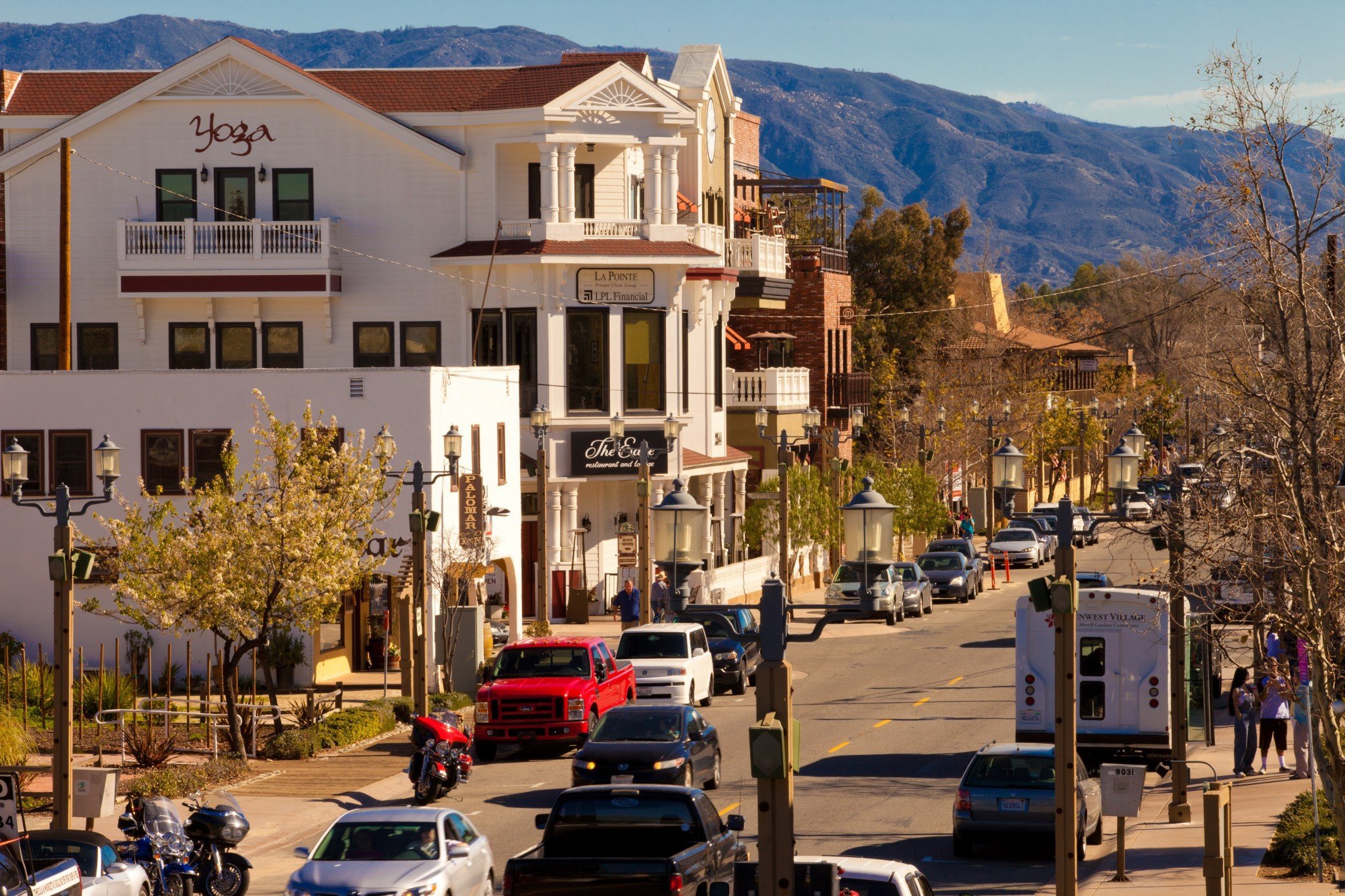Temecula, CA
Within weeks of kickoff, Temecula had a complete, defensible picture of its streets, delivered by March 10, 2025.

Temecula, CA Infrastructure Assessment
Summary
- 84 roadway miles scanned and analyzed in weeks, giving Temecula trustworthy, citywide pavement condition data
- Leaders turned AI-driven insights into clear plans, budgets, and schedules that residents can see and understand
- Faster fixes and safer trips as crews prioritized high-impact repairs without guesswork
Problem
As Temecula’s street network aged at different rates across neighborhoods, the city relied on inconsistent, outdated assessments that obscured true needs. Without trusted inventory and condition data, staff faced “Don’t know which roads to fix or when” and “No accurate paving budgets,” leaving plans exposed to second-guessing. Public meetings often turned defensive—residents asked “Why not my road?” and leaders lacked consistent evidence to justify actions and answer questions with confidence.
Solution
Temecula chose Cyvl to rapidly survey 84 roadway miles using vehicle-mounted LiDAR and sensors, capturing lane-level pavement conditions and high-definition imagery across the entire network. Cyvl’s Infrastructure Intelligence platform applied AI to transform raw scans into block-by-block condition scores, distress mapping, prioritized repair lists, and defensible, scenario-based paving plans with cost and timeline options. Delivered on March 10, 2025, the city received interactive reports and exports that turned data into faster decisions, transparent communications, and shovel-ready work plans.
Impact
Within weeks of kickoff, Temecula had a complete, defensible picture of its streets, delivered by March 10, 2025. With 84 miles quantified and scored, staff scheduled work earlier in the season and coordinated crews with confidence. The shift to timely, trustworthy data shortened the gap between assessment and action, so residents felt the improvements sooner.
- Safer daily travel as high-priority segments are addressed earlier within a network-wide, data-driven plan
- Faster pothole repairs and patching because crews receive ranked work queues and precise locations
- Smoother council and town hall meetings with maps, scores, and before-after visuals that explain “why this road now”
- Fewer 311 complaints as proactive communication and timely fixes replace reactive case-by-case responses
- Stronger budget approvals, with clear unit costs and scenario analyses showing efficient use of taxpayer dollars
- Planning time cut from months to weeks, enabling earlier bid packages and construction windows that reduce disruption




-%20logo%20(unpadded).png.png)